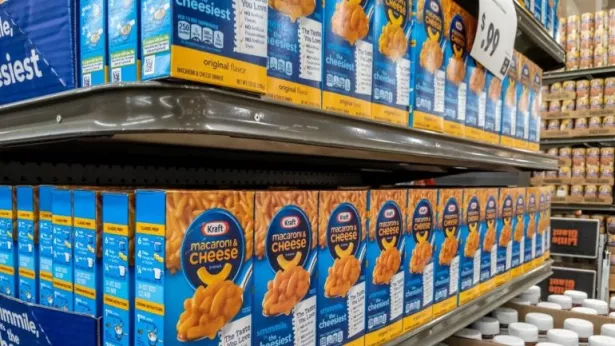The US Federal Trade Commission (FTC) has demanded further assessment of national food and drink retailers’ profits during the Covid-19 pandemic in a new report.
Its findings, published in the Feeding America in a Time of Crisis study, looked at the supply chain shocks seen in the US during the pandemic and their effect on grocery retailer competition.
Nine companies in total were investigated as part of the study which was launched in 2021.
These included three retailers Kroger, Amazon and Walmart, US food and beverage giant Kraft Heinz and meats processing major Tyson Foods, as well as non-food consumer goods company Procter & Gamble.
Kroger is set to battle with the FTC in August over its proposed merger with national grocery peer Albertsons.
In February, the US antitrust body said it intended to block the deal due to its concerns over its negative impact on both retailers’ consumers and employees.
Three grocery wholesalers, C&S Wholesale Grocers, McLane Company, and Associated Wholesale Grocers, were also assessed in the report.
Looking into data on grocery retail patterns during Covid, the FTC found that profits of grocery retailers “rose and remain elevated” overall, with food and drink retailers’ revenue being more than 6% higher than total costs in 2021.
The regulators also found these profits were higher again in the first three quarters of 2023, with revenue sitting 7% higher than total costs for the year.
The profits “warrant further consideration by the Commission and policymakers”, said the FTC, specifically as the data analysed could not show whether companies boosted prices of products “by more or less than their input cost increases”.
Responding to the findings in a statement, FTC Commissioner Rebecca Kelly Slaughter said: “The study found some indications that higher prices at the grocery store, which continued after the worst of the pandemic supply chain disruptions were resolved, were not simply mirroring the higher costs retailers faced, but actually may be reflective of higher profits for those retailers.
“Since the study found that some aspects of the supply chain disruptions we faced during the pandemic may have been harmful to competition, the indications that profits may have increased during the same time and remain high may be further indication that consumers are not benefitting from competitive markets in the ways they should when they do their grocery shopping.”
The FTC also found larger grocers were more likely to put “strict delivery requirements” in place for upstream suppliers and impose fines on those that did not comply. Walmart was one such example, imposing delivery requirements that continued to be tightened throughout the pandemic.
It also recorded some instances where “suppliers preferentially allocated product
to the purchasers threatening to fine them, which may have affected competition between the companies that threatened these fines and those that did not”.
The pandemic also encouraged some retailers to “diversify their supplier base”, specifically when it came to own-label products. In turn, this led to some larger companies “exploring whether to build or acquire manufacturing capacity to reduce their exposure to concentrated markets”, the FTC said.
As a result, this left any “remaining buyers worse off”, as the competition became more concentrated, “if those large customers buy one of the few remaining
producers rather than building that capability from scratch”.
The pandemic also significantly reduced the level of trade promotions (e.g. in-store via product placement, shelf space or advertising), paid for by suppliers.
Some retailers were more dependent on these promotional payments than others, the FTC said, which “made it harder for them to compete with rivals that used different pricing strategies”, and made it easier for other firms to further “entrench their dominance” in the market.


Spread the word